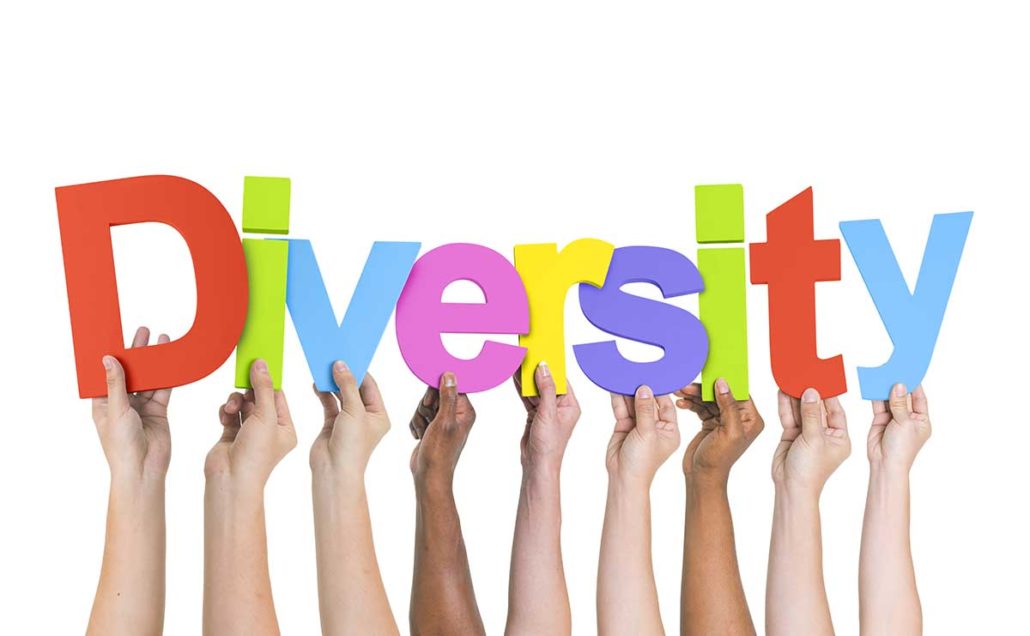
Cultural Identity and Diversity Among Boomers
mikephilipsforcongress.com – The baby boomer generation, born between 1946 and 1964, is often regarded as a monolithic group. However, this generation is incredibly diverse, encompassing a wide array of cultural identities, experiences, and perspectives. This article explores the cultural identity and diversity among boomers, highlighting their unique contributions to society and the challenges they face in maintaining and expressing their cultural heritage.
A Mosaic of Identities
Boomers are part of a diverse fabric of cultural identities, shaped by factors such as ethnicity, religion, geography, and socioeconomic background. Key aspects of this diversity include:
- Ethnic and Racial Diversity: Boomers include individuals from various ethnic and racial backgrounds, each with distinct cultural traditions and histories. This diversity enriches the broader cultural landscape and fosters a more inclusive society.
- Religious and Spiritual Beliefs: Many boomers hold a wide range of religious and spiritual beliefs, which influence their values, practices, and worldviews. This spiritual diversity contributes to the richness of societal discourse and understanding.
- Regional Variations: Cultural identity among boomers is also shaped by regional influences. Differences in dialects, customs, and local traditions add to the complexity and richness of their cultural identity.
The Role of Cultural Identity
Cultural identity plays a crucial role in shaping the lives of boomers. It influences their sense of belonging, self-understanding, and interactions with others. Key aspects include:
- Preservation of Heritage: Many boomers are dedicated to preserving their cultural heritage, passing down traditions, languages, and values to younger generations. This preservation helps maintain cultural continuity and fosters pride in one’s identity.
- Adaptation and Integration: While some boomers maintain strong ties to their cultural roots, others have adapted to new cultural environments, blending traditions and practices to create unique hybrid identities.
- Advocacy and Representation: Boomers often advocate for greater representation and recognition of diverse cultural identities within society, working to ensure that all voices are heard and respected.
Challenges and Opportunities
Despite their rich cultural diversity, boomers face challenges in expressing and maintaining their cultural identities:
- Cultural Assimilation: The pressure to assimilate into dominant cultural norms can lead to the erosion of cultural practices and languages, particularly among minority groups.
- Generational Gaps: Differences in cultural expressions and values between boomers and younger generations can lead to misunderstandings and tensions.
- Discrimination and Bias: Despite progress, many boomers continue to encounter discrimination and bias based on their cultural identity, impacting their sense of inclusion and belonging.
Conclusion
The cultural identity and diversity among boomers are integral to understanding the complexity and richness of this generation. By recognizing and celebrating their diverse backgrounds, society can foster greater inclusivity and appreciation for the unique contributions boomers make. Embracing this diversity is not only essential for preserving cultural heritage but also for building a more equitable and harmonious future for all generations.


